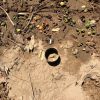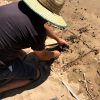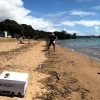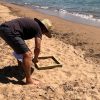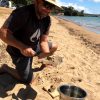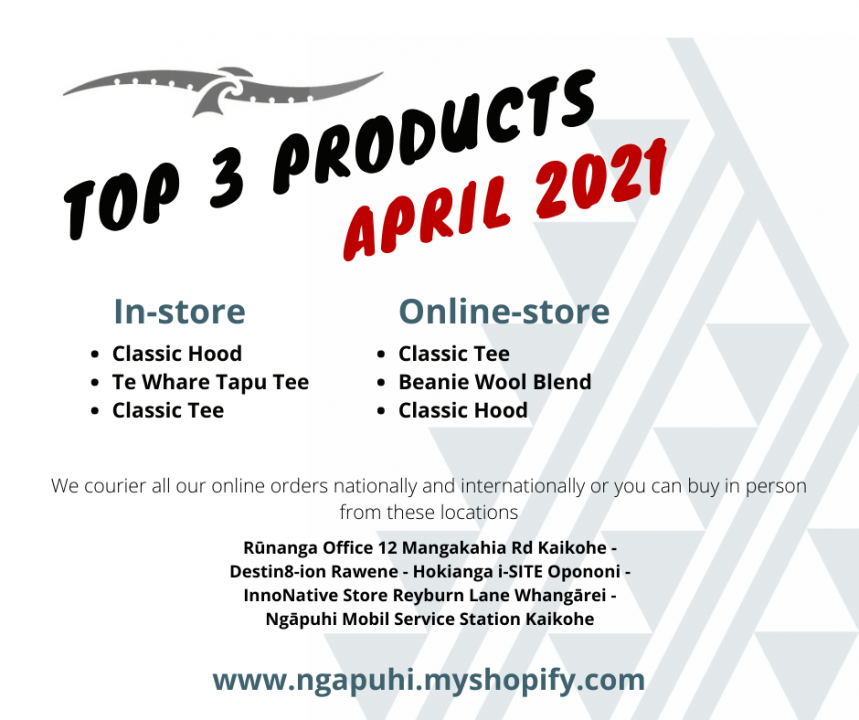Strategic Planning Workshop
27 February 2020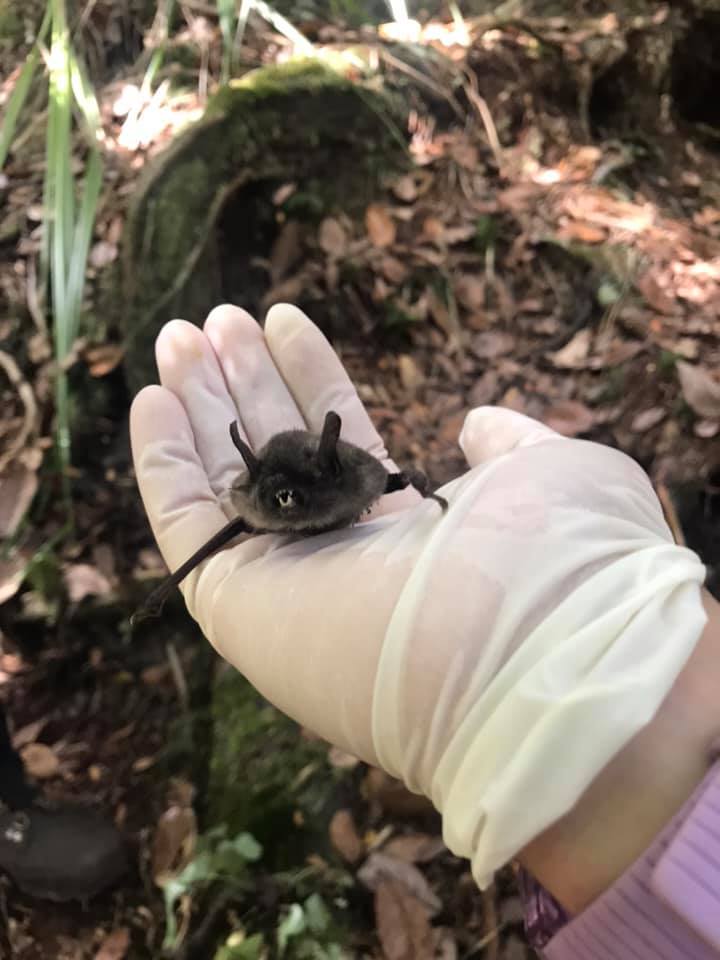
Omahuta Kauri Sanctuary
4 March 2020Microplastics are a globally significant environmental pollutant. They are a potential threat to our coastal waters and kaimoana. Current research undertaken throughout the Auckland region, has shown that the New Zealand green-lipped mussel has been found with microplastics inside. The most common plastic found in mussels was polyethylene, the most commonly-used polymer in New Zealand.
What is microplatics? They include beads, fibres and fragments and are very small particles, of broken-down plastic products, sometimes invisible to the naked eye. They are found to be in the air, freshwater, ocean water, sea salt and now in our seafood.
Te Rūnanga-Ā-Iwi O Ngāpuhi are working alongside Coastal Scientists from Northland Regional Council on a national study led by ESR into microplastics in the environment.
“We are particularly concerned with having microplastics in our coastal environments and our kaimoana. Already studies reveal, that microplastics have been found in green-lipped mussels throughout the Auckland region. So what does that look like for our pipi, tuatua and other filter feeders, and the long term impacts that this will have on our access to our food sources”.
Sediment samples from one of our most developed coastal recreational bathing areas in Paihia were taken. The potential impacts of microplastics range from risks to human health, biosecurity incursions to total ecosystem collapse.
“The chance to gather important information about the levels of microplastics at some of our Northland beaches, was an opportunity that we wouldn’t otherwise have the budget for. There is only one lab in New Zealand who does this type of testing and we look forward to the results in a few months time.”
Sediment samples have been collected from other Northland beaches to contribute to this study.
Tania Pene..

